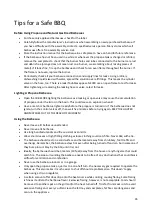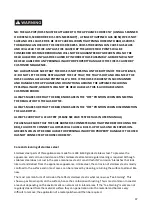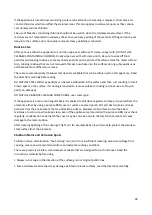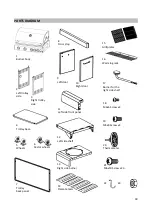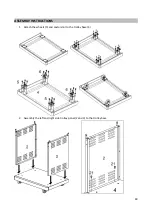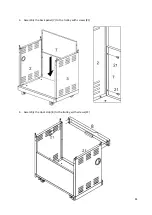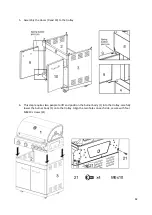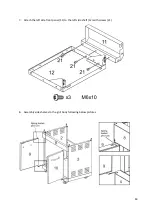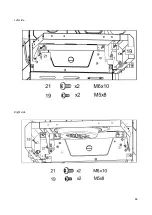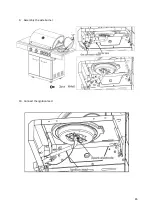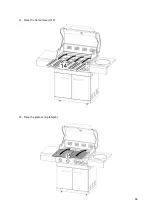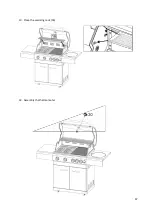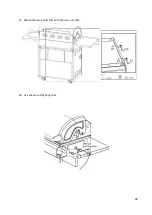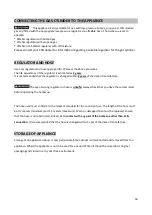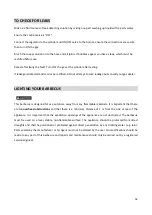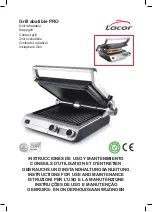
38
If the appliance is located near swimming pools careful attention to cleaning is required. Pool chemicals
contain chlorides which can affect the stainless steel. This also applies to salt water pools as they contain
salt, namely sodium chloride.
The use of bleaches containing chlorine should not be used to clean the stainless-steel surfaces. If the
residues are not completed rinsed away they can cause heavy pitting of the material. Pitting corrosion eats
deep into the surface and is not easily removed. Heavy polishing is required.
Routine Care
After each use allow the appliance to cool then wipe over with a soft, damp, soapy cloth. (DO NOT USE
CLEANERS CONTAINING CHLORIDE). Finally wipe over with soft, damp cloth. Be sure to wipe off food
particles and cooking residues, some marinates and oils can be acid and therefore attack the metal surface.
Also, cooking residues that are not removed after each use bake into the surfaces during subsequent uses
and become more difficult to remove.
There are several propriety stainless steel cleaners available that can be safely used on this appliance. Read
the directions carefully before using
DO NOT USE STEEL WOOL as particles can become embedded in the surface and then rust resulting in small
brown specs on the surface. If scouring is required to remove stubborn cooking residues use a soft nylon
pad (non-abrasive).
DO NOT USE ABRASIVE CLEANING COMPOUNDS, use cream type.
If the appliance is used on an irregular basis it is advised to still clean regularly and keep it covered from the
elements, either by using a purpose BBQ cover or under a covered porch. Dirt and dust contain corrosive
particles from the environment that can attack the surface. Stainless steel surfaces retain their best
resistance to corrosion when keep clean. Even if the appliance is protected with a purpose BBQ cover check
regularly, condensation underneath the cover may be corrosive due to the local environment and cause
damage to the metal surface.
After cleaning applying a thin coating of ‘light oil’, for example baby oil, will also help protect the stainless
-
steel surface from the elements.
Stubborn Stains and Corrosion Spots
Stubborn stains, discoloration, ‘Tea Staining’ can occur from insufficient cleaning, excessive spillage from
cooking, severe environmental conditions and extreme cooking conditions.
There are propriety stainless steel cleaners available that are designed for such instances. Read the
instructions carefully before using.
•
Always rub or wipe in the direction of the surface grain or original polish lines.
•
Some stainless-steel cleaners may damage painted or plastic surfaces, read the directions carefully.
Summary of Contents for GR-3C41A
Page 1: ......
Page 2: ...31...
Page 15: ...44 Left side Right side...
Page 16: ...45 9 Assembly the side burner 10 Connect the ignition lead...
Page 17: ...46 11 Place the flame tamers 14 12 Place the grates and plate 15...
Page 18: ...47 13 Place the warming rack 16 14 Assembly the thermometer...
Page 19: ...48 15 Attach the two hooks 22 with the two nuts 23 16 Use the manual lighting stick...
Page 30: ......






